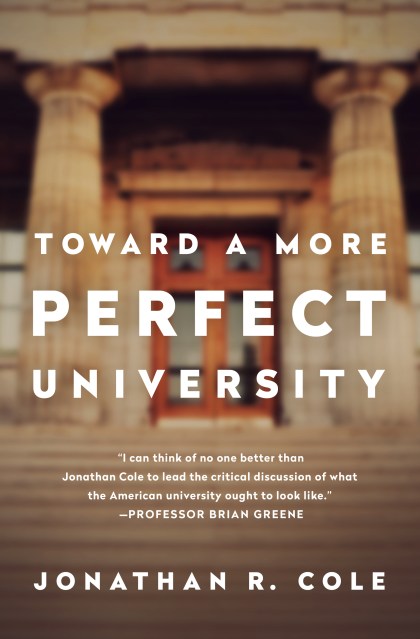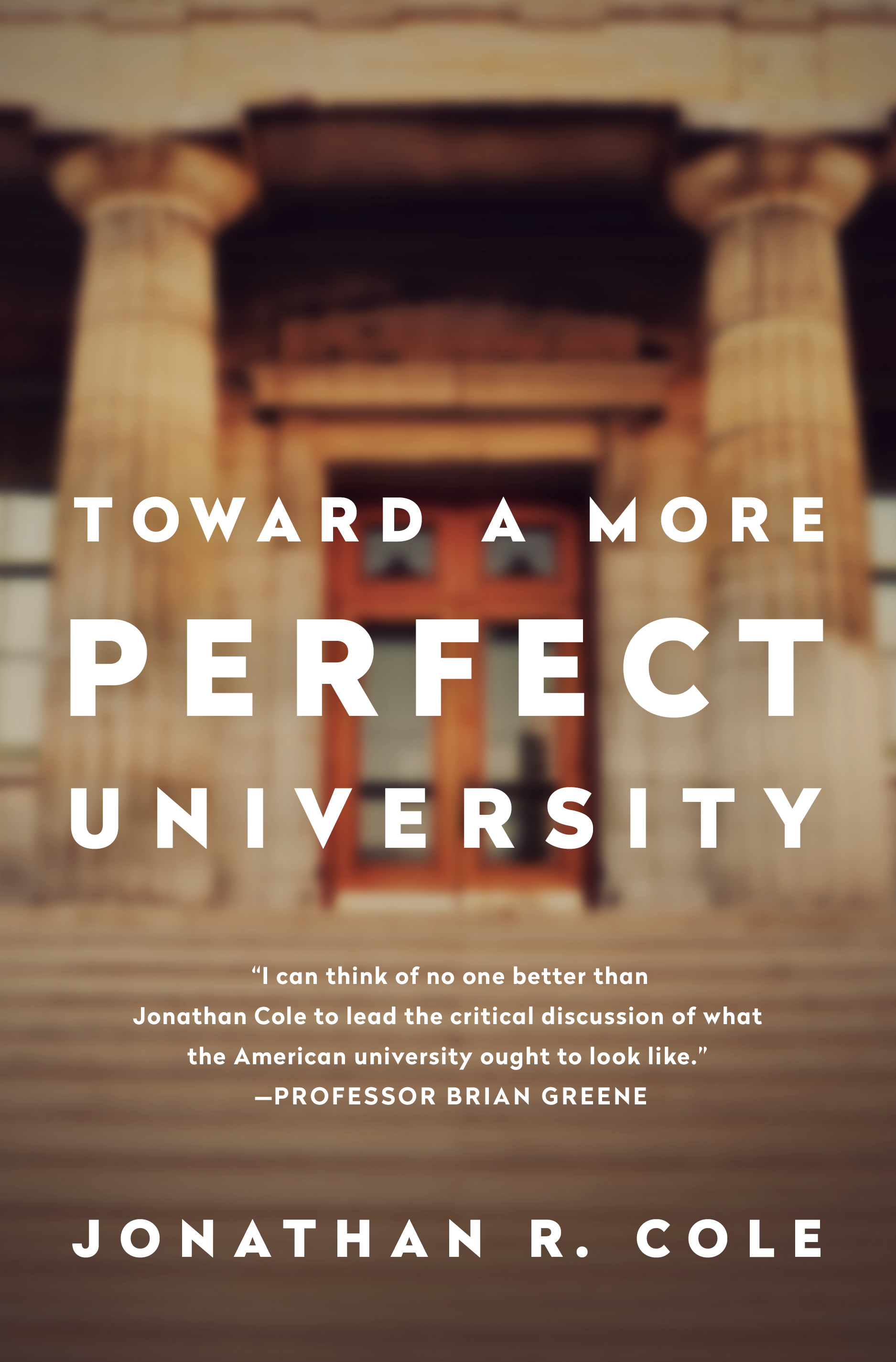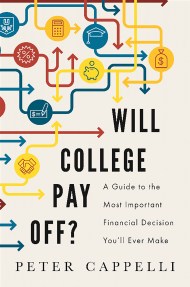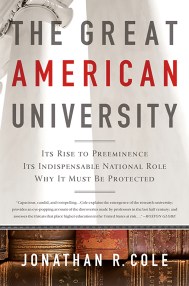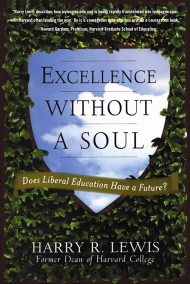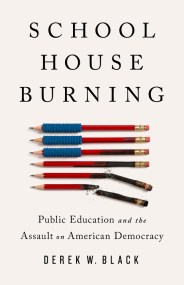Promotion
Use code MOM24 for 20% off site wide + free shipping over $45
Toward a More Perfect University
Contributors
Formats and Prices
Price
$15.99Price
$20.99 CADFormat
Format:
- ebook $15.99 $20.99 CAD
- Hardcover $29.99 $38.99 CAD
This item is a preorder. Your payment method will be charged immediately, and the product is expected to ship on or around January 26, 2016. This date is subject to change due to shipping delays beyond our control.
Also available from:
Jonathan R. Cole, former provost and current University Professor at Columbia University, addresses some of the biggest challenges facing the modern American university:
developing effective admission policies,
creating the most meaningful examinations,
dealing with rising costs,
making undergraduate education central to the university’s mission,
exploring the role of the humanities,
facilitating new discoveries and innovation,
determining the place for professional schools,
developing the research campuses of the future,
assessing the role of sports,
designing leadership and governance,
and combating intellectual and legal threats to academic freedom.
Genre:
- On Sale
- Jan 26, 2016
- Page Count
- 432 pages
- Publisher
- PublicAffairs
- ISBN-13
- 9781610392662
Newsletter Signup
By clicking ‘Sign Up,’ I acknowledge that I have read and agree to Hachette Book Group’s Privacy Policy and Terms of Use
